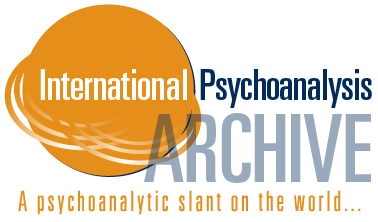Lynn Moritz said in her address at the Future of Psychoanalytic Education Conference the following:
“I would even go so far as to muse that this conference was born partly from a covert agenda to punish the American–not to bring us together really, but rather to stabilize and strengthen the fact of our separateness. Some may even hope to do harm to the American, to weaken its influence.”
This ecumenical conference was my idea, and I would like to assure all of you that punishment and exclusion were not part of my agenda. Quite the opposite. So I would like to set the record straight with a brief history.
Our field has been fractious from the beginning. Those in Freud’s inner circle who dared to disagree were cast out; they formed their own factions and the battles began. While some feel energized by adversity and debate, I prefer to seek the security of unity. My wish is for all of the groups to join together, to derive strength in their combined numbers. We need not agree on everything, but we must respect one another’s positions.
For years I have experienced the competition of institutes and umbrella groups, oft times ignoring each other’s existence. For instance, there has been little, if any, cooperation between the 5 IPA institutes in New York (3 primarily medical and 2 primarily non medical). Each hold their own meetings and when there have been attempts to do something together (like the Freud 150th anniversary celebration at the Neue Galerie), we had difficulty acting in concert. Lynne is correct that the APsaA is a group that can and often does unite the IPA societies, but the burden should not rest on APsaA alone. Continue reading A History of The Future of Psychoanalytic Education Conference




